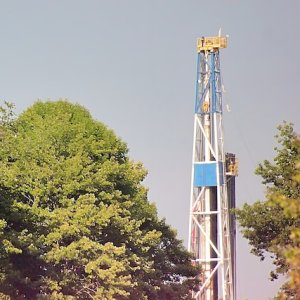
Geographic Information Systems and Their Role in EIA
Geographic Information Systems (GIS) have been adapted to different fields of research. In Mexico’s growing renewable energy sector, GIS yields important results related to the environment with its potential identification and mitigation of impact stemming from implementing energy infrastructure and equipment.
Studies such as the Environmental Impact Manifest (MIA) have a significant geographic component, which is mainly answered by the use of GIS. Retrospective and prospective identifiers of the location allow for a comprehensive project impact analysis, in addition to the environmental, social, cultural, economic and political factors that need to be taken into account. Using GIS to generate a dimensional analysis of these elements aids in the process of determining whether an area is suitable for a project and whether or not it is feasible.
The question then becomes how geography plays into the crucial Environmental Impact Assessment (EIA). To arrive at an answer, there needs to be an awareness of where GIS can be useful when creating the MIA.
The first area where GIS serves a purpose is during the collection of spatial information. This refers to many environmental factors, including hydrology, range of temperature, the way the land is used, vegetation, communication infrastructure and the location of cities. This type of information is often available and found in a variety of formats, such as local plans, shapefiles and KMZ files. All this data needs to be in the same format before it can be used properly for spatial analysis processes. GIS is an essential tool in this regard because it processes a massive number of formats. It can then transform these into a single useable format, often ESRI shapefiles.
The second area is the creation of specific cartography, necessary for each of the chapters of the MIA study. Cartography can be presented statically, meaning using traditional printed maps. However, it is also possible to present maps dynamically, through files that can be controlled by platforms such as Google Earth or AutoCAD. With these platforms, users can interact with the data to understand it better. It is important to highlight that people who use this dynamic cartography do not need to be specialized in GIS because it is compatible with other, more basic formats.
The third area involves specific and precise analysis, stemming from various processes such as overlapping, merging, rasterization, extraction and statistics that are used to outline the potential space for the project. If information for social and cultural aspects is available and considered both relevant and reliable, they can be added to the outline of the space as well.
Ultimately, making smart use of GIS allows the user to determine a project’s environmental and social viability. It also facilitates the mapping out of the ecological impact. It is, therefore, a tool that enables effective planning and decision-making, which are essential to the development of energy projects.
Text by: César Vizcarra Orozco, Dalia Sánchez Pioquinto and Daniel Román Salazar at Sowitec
Sowitec is one of the world’s largest developers of renewable projects. It started operations in Mexico in 2008. The company has developed and sold 630MW in renewable energy projects in Mexico and it also specializes in services regarding development, operation and maintenance.
















